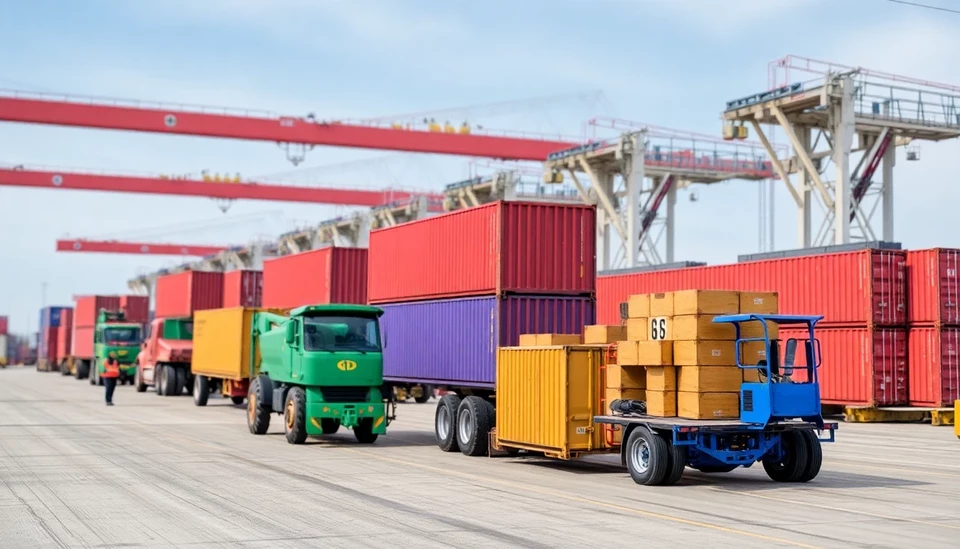
In the wake of the tumultuous trade policies introduced during Donald Trump's presidency, the lingering effects of his tariffs continue to shape global supply chains and economic landscapes. A recent economic analysis sheds light on the long-term repercussions of these tariffs, originally implemented to protect American industries from foreign competition.
According to the analysis, the tariffs, which were primarily targeted at China, have led to significant shifts in trade patterns. U.S. manufacturers faced higher costs for imported goods, which in turn, affected consumer prices. While the intent was to bolster domestic production, evidence suggests that, instead, many companies opted to source materials and labor from countries other than China to avoid hefty tariffs.
The fallout from these trade policies has not only impacted manufacturers but has also reverberated through various sectors of the economy. Importers of goods such as electronics and machinery found themselves grappling with increased expenses, prompting some to pass these costs onto consumers. This transfer of costs has contributed to inflationary pressures, which persisted well beyond the conclusion of Trump’s administration.
Furthermore, the analysis indicates that the tariffs have catalyzed a transformation in global supply chains. Businesses began diversifying their sources to mitigate risks associated with potential tariff increases or trade conflicts. Countries like Vietnam and Mexico have stepped into the breach, becoming significant players in the manufacturing space as companies recalibrate their operations away from China. This represents a seismic shift in the international trade landscape that could have longstanding implications for how goods are produced and distributed worldwide.
Interestingly, while the tariffs were aimed at reinvigorating U.S. manufacturing, the outcomes have revealed a complex picture. Economic indicators show that some domestic sectors benefited, yet others suffered due to disrupted supply chains and increased costs. As a result, consumers in the U.S. now face higher prices for everyday goods, impacting spending habits and overall economic growth.
The analysis concludes that while the tariffs were designed to strengthen American manufacturing, the true economic impact has been a mixed bag. As companies continue to adjust to these new realities, the question remains as to how sustainable this shift will be in the long-term. The resilience of U.S. manufacturing in the face of ongoing global competition will likely dictate the future trajectory of the economy.
Ultimately, this comprehensive examination of Trump's tariffs provides a critical understanding of their enduring effects on domestic and global supply chains. The ramifications, both positive and negative, will continue to be felt as the economy evolves in response to these protective trade measures.
Will these tariffs ever be fully repealed, or have they cemented a new operational framework for international trade? The answers may shape not only the competitiveness of U.S. industries but also the nature of global trade relations for years to come.
#TradePolicy #Tariffs #Economy #SupplyChain #TrumpAdministration #Manufacturing #Inflation #GlobalTradeRelations
Author: Rachel Greene




